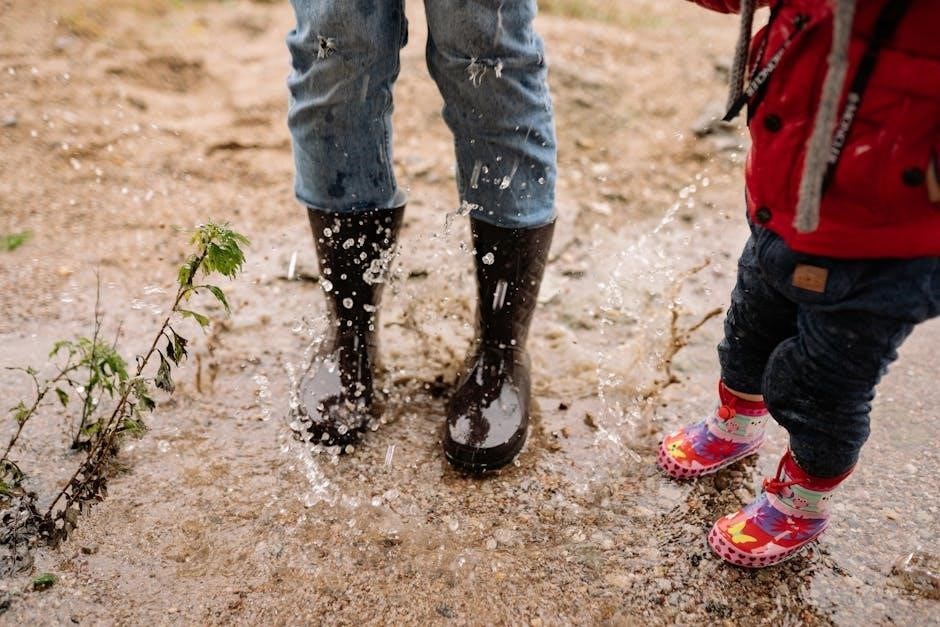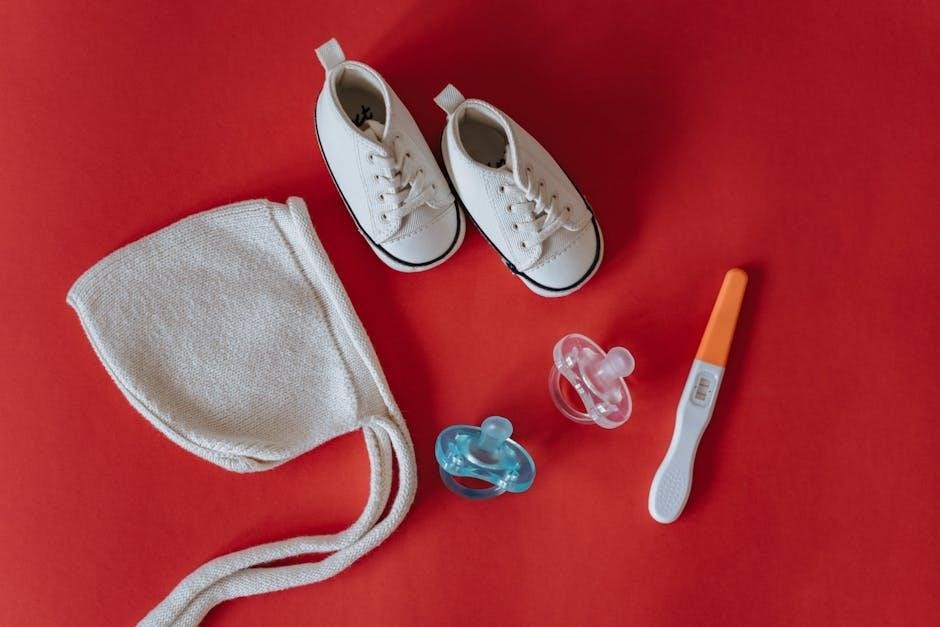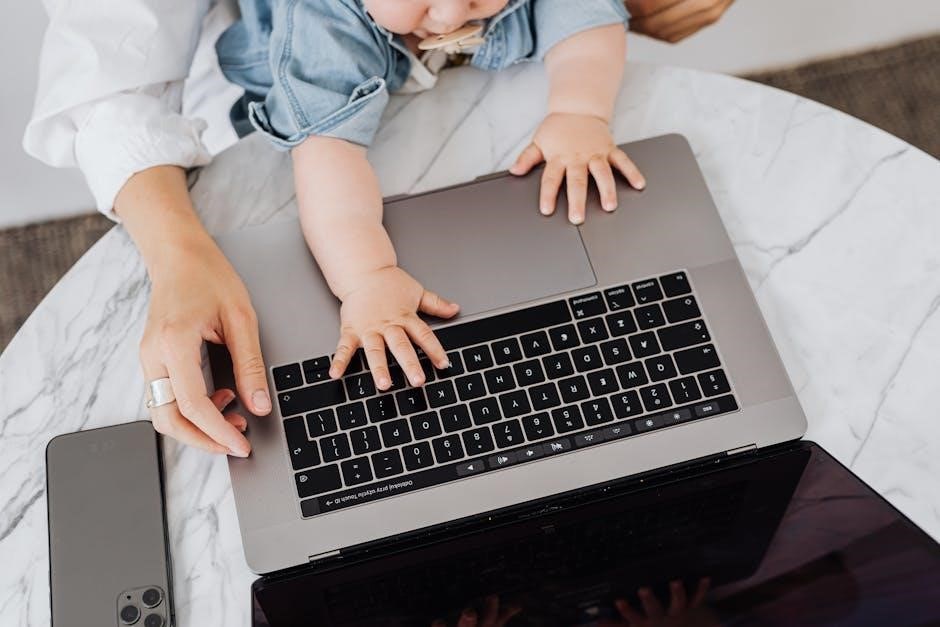Importance of Correct Shoe Size
The importance of correct shoe size for babies cannot be overstated, as it plays a crucial role in ensuring the comfort and health of their feet. Wearing shoes that are too tight or too loose can lead to discomfort, pain, and even long-term damage to the feet. Properly fitted shoes allow for healthy foot development, preventing issues such as toe deformities, blisters, and ingrown toenails. Moreover, correct shoe size also affects the overall posture and balance of the baby, influencing their ability to walk and move around. By choosing the right shoe size, parents can help prevent these problems and promote healthy foot growth. It is essential for parents to understand the significance of correct shoe size and take the time to ensure a proper fit for their baby’s shoes. This knowledge will help them make informed decisions when selecting shoes for their child.
Understanding Baby Shoe Size Charts
Understanding baby shoe size charts is vital for parents to navigate the complex world of infant footwear. These charts typically provide a range of sizes based on the baby’s age and foot length. By referring to these charts, parents can determine the appropriate shoe size for their child. The charts often include measurements in different units, such as inches or centimeters, to accommodate various shoe sizing systems. Additionally, some charts may provide guidance on how to measure the baby’s foot to ensure an accurate fit. It is essential to note that different manufacturers may have slightly varying size charts, so parents should consult the manufacturer’s guidelines when selecting shoes. By familiarizing themselves with baby shoe size charts, parents can make informed decisions and find the perfect fit for their child’s feet, ensuring comfort and healthy development. This knowledge will help them to choose the right shoes for their baby.

Baby Shoe Size Chart by Age
Parents can refer to baby shoe size charts organized by age for guidance on selecting suitable footwear for their child’s developing feet daily using online resources.
US Baby Shoe Size Chart
The US baby shoe size chart is a valuable resource for parents, providing a standardized guide to help determine the correct shoe size for their child. This chart typically categorizes shoe sizes by age, from newborn to toddler, and corresponds to specific foot lengths. By referring to the US baby shoe size chart, parents can ensure a proper fit for their child’s shoes, which is essential for comfort and healthy foot development. The chart is usually divided into sections for different age ranges, such as 0-2 months, 2-12 months, and 1-3 years, making it easier for parents to find the right size. Additionally, many online retailers and shoe manufacturers provide their own versions of the US baby shoe size chart, which can be used as a reference point when shopping for shoes. Overall, the US baby shoe size chart is a useful tool for parents to navigate the often-confusing world of baby shoe sizing.
Converting Shoe Size Between Systems
Converting shoe size between different systems can be a challenging task, especially for parents who are unfamiliar with the various sizing charts used by different countries and manufacturers. The US, UK, EU, AU, and JP all have their own unique shoe sizing systems, making it difficult to determine the correct size when shopping across borders. However, with the help of online conversion charts and tools, parents can easily convert their child’s shoe size from one system to another. These conversion charts typically provide a corresponding size for each system, allowing parents to find the equivalent size in a different system. By using these conversion charts, parents can ensure a proper fit for their child’s shoes, regardless of the manufacturer or country of origin. This can be especially helpful when shopping for shoes online or traveling abroad, where different shoe sizing systems may be used.
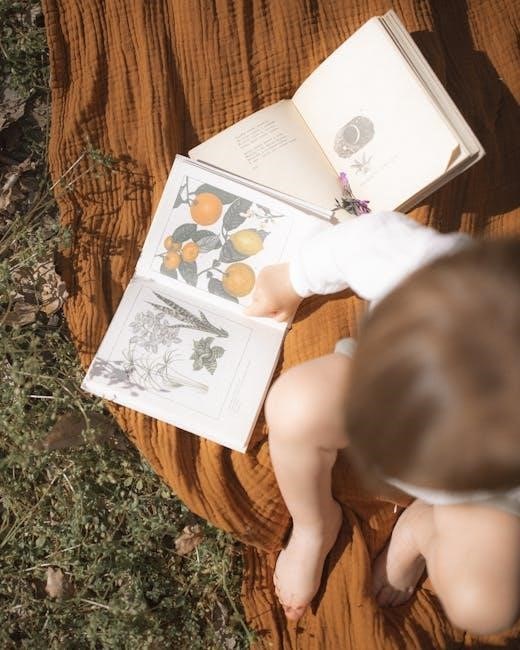
General Guidelines for Buying Children’s Shoes
General guidelines for buying children’s shoes involve considering factors like age, foot length, and activity level to ensure proper fit and comfort for daily wear and activities always online.
Age-Based Shoe Size Guidelines
Age-based shoe size guidelines are essential for parents to determine the right shoe size for their child. According to various online resources, newborns typically require smaller shoe sizes, while infants and toddlers need larger sizes as they grow. The age-based guidelines provide a general outline for parents to follow, taking into account the average foot length and width of children at different ages. For example, babies between 0-2 months usually wear size 1-2, while those between 2-12 months wear size 3-4. Toddlers between 1-3 years typically wear size 5-7. These guidelines help parents navigate the complex world of children’s shoe sizing and ensure a comfortable fit for their child. By considering the age of their child, parents can narrow down their search for the perfect shoe size, making the process less overwhelming. Using online resources and measurement charts can also help parents make informed decisions.
Measuring Baby’s Feet
Measuring baby’s feet is a crucial step in determining the right shoe size. To do this, parents can use a ruler or a measuring device to measure the length and width of their baby’s foot. It’s essential to measure the foot at the right time, when the baby is standing or sitting with their weight evenly distributed on both feet. The measurement should be taken from the back of the heel to the tip of the longest toe. Parents can also use a shoe size chart or a measurement guide to help them determine the correct shoe size based on their baby’s foot length and width. Additionally, some online resources provide printable measurement charts that parents can use to measure their baby’s feet at home. By taking accurate measurements, parents can ensure a comfortable and proper fit for their baby’s shoes. This helps prevent discomfort and potential foot problems.
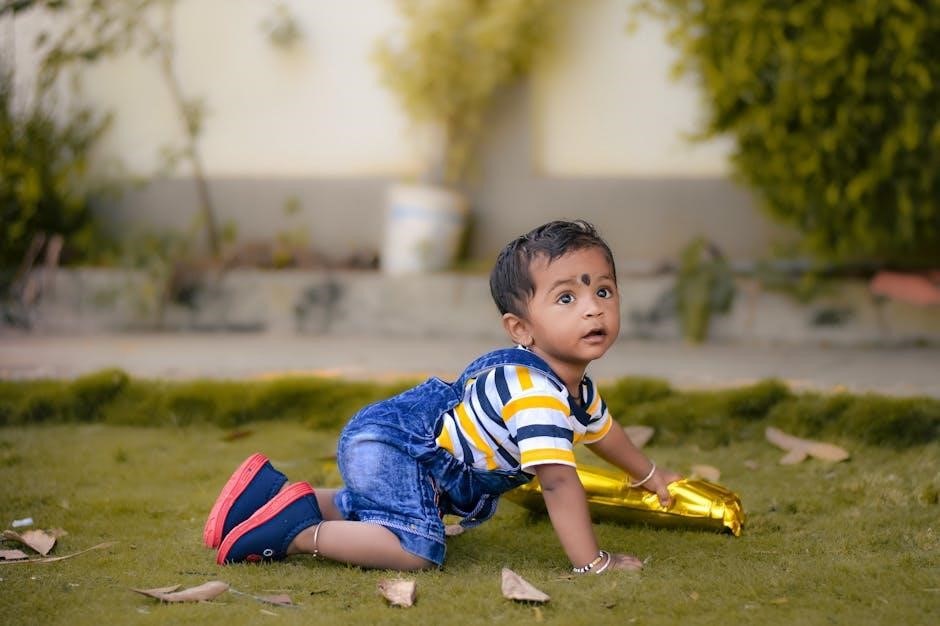
Using Infant Shoe Size Chart by Age
Using infant shoe size charts helps parents find perfect fit shoes for their babies by considering age and foot length daily with online resources.
Accurate Measurement and Fit
To ensure accurate measurement and fit, parents should measure their baby’s feet regularly, as foot length can change rapidly during the first few years of life. Using a shoe size chart can help determine the correct size, but it’s also important to consider the width and depth of the shoe. A comfortable fit is essential to prevent discomfort, blisters, and other foot problems. Online resources, such as measurement charts and guides, can provide helpful tips and advice on how to measure a baby’s feet accurately. Additionally, many shoe manufacturers offer sizing guides and charts on their websites, which can be useful for parents. By taking the time to measure their baby’s feet correctly and choosing a shoe that fits well, parents can help promote healthy foot development and ensure their child’s comfort and well-being. This is crucial for daily activities and overall health.
Maintaining and Sizing Up Baby Shoes
Maintaining and sizing up baby shoes is an ongoing process that requires regular monitoring of a child’s foot growth. As babies grow and develop, their shoes need to be adjusted accordingly to ensure a comfortable fit. Parents can check the fit of their baby’s shoes by inserting a finger into the shoe to ensure there is enough room for growth; It’s also important to clean and maintain the shoes regularly to extend their lifespan. Sizing up baby shoes can be done by referring to a shoe size chart or by visiting a shoe store for a professional fitting; Many online retailers also offer sizing guides and charts to help parents determine the correct size for their child. By regularly checking the fit and maintaining the shoes, parents can help prevent foot problems and ensure their child’s comfort and well-being. Regular checks are necessary for healthy foot development.
